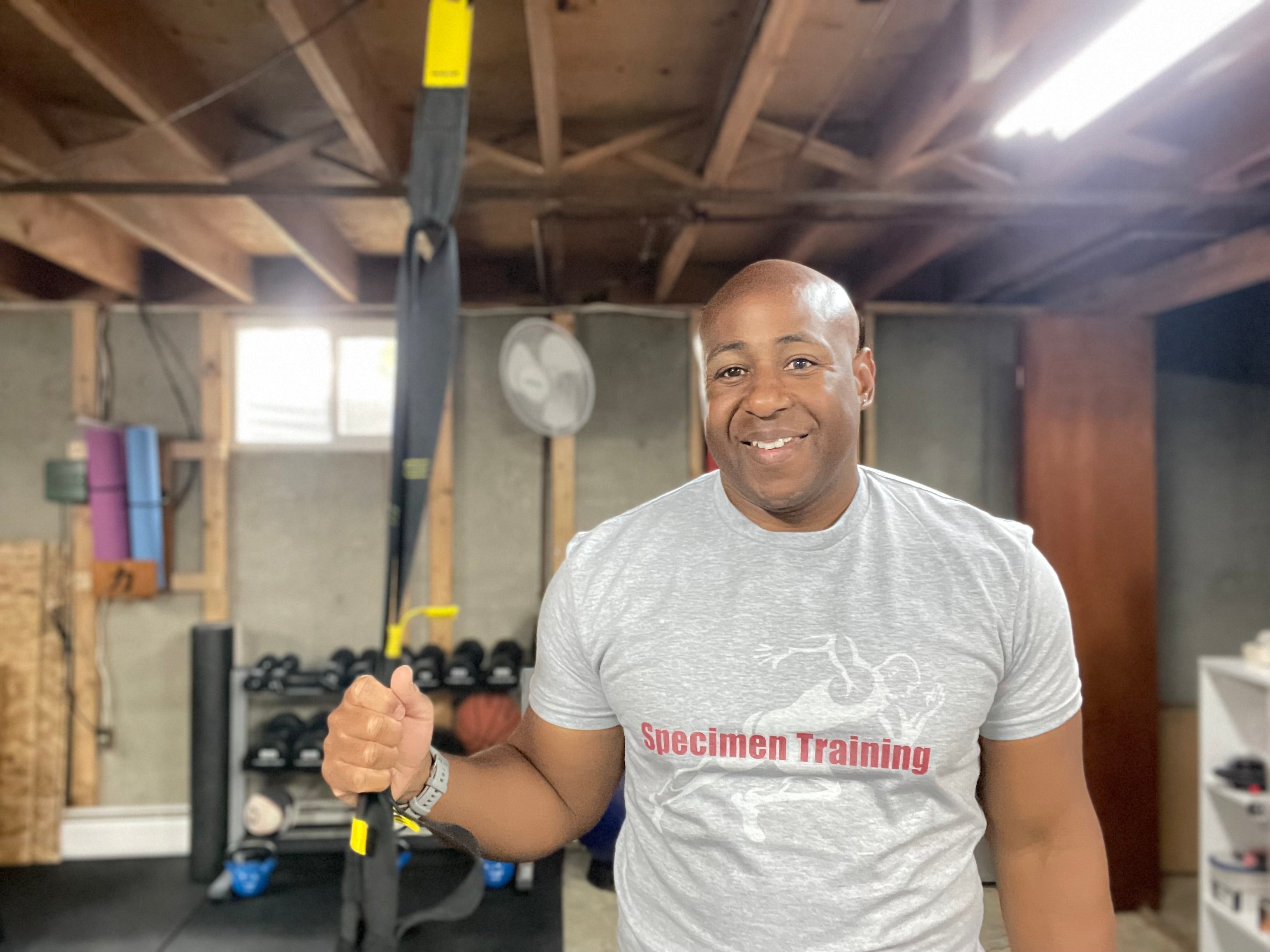
Anatomical Adaptation Fundamentals
Have ever wondered why working out with a solid workout plan / schedule didn’t produce the results you expected? Did you set up the cycle with some anatomical adaptation training at the beginning? An Anatomical Adaptation (“AA”) cycle is designed to get you ready for more vigorous training. The sole purpose of this cycle is to prepare the body for the loading that will come with training cycles that follow it. The load is the amount of weight you are lifting (i.e., a bar with one 45 lbs. plate on each side is loaded at 135 lbs.) If you are just starting out on your fitness journey, a 4-week cycle would be the most beneficial. Gym rats that are already in the gym 5-6x / week can get away with a 1- or 2-week cycle transitioning from one phase (hypertrophy, strength, lean-up, power, etc.) to another.
A 4-week AA cycle produces several benefits and results:
- It stimulates and improves the cardiovascular system
- It enhances neuromuscular communication between major muscles and the nervous system
- Improves muscle recruitment (needed for hypertrophy and strength building)
- Recruits stabilizing muscles to help enhance joint stability and protect against soft tissue injuries
- Improves flexibility / mobility
During your AA cycle, you should be training 5 days/week with an additional active recovery day. While this may seem a lot, the lower intensity and shorter duration of your workouts make this more doable than it would seem from the outside looking in. A good training structure for each week alternates weight training / cardio training workouts with active recovery mixed in.

Cardio training should be done exclusively at least 3 days each week during the cycle. On the days you’re lifting, you can spend the first 5-10 min doing some cardio to warm-up. I start every single workout with some light cardiovascular training…to break a sweat. The days you’re not lifting, your cardio work can last 20-60 min. The days you are doing your cardio training are ideal for a solid stretching routine to cool-down - which can also be considered active recovery training.
Weight training should be done 3x / week during the AA cycle. Your lifts should take place every other day, giving the body at least 24 hours of recovery time. The full-body lifts facilitate hitting each major muscle group 3x in each week. Training loads should be light-to-moderate, and the volume is high (2-3 sets of 12-15 repetitions for each exercise, completed in a circuit). Ideal intensity of lifting during this cycle is only 50-60% and should not exceed 70% of your maximum.
Flexibility training should also be done daily. A good time to do it is at the end of a workout, the ideal time to help reduce DOMS (delayed onset muscle soreness), reduce potential risk for injury (by increasing the range of motion for your joints and enhancing flexibility), promote relaxation, and speed up recovery.
You should be doing an AA cycle at the beginning of your fitness journey, and then again once every 3-4 months. It’s one of the best ways to get fitter and set the table for your next goal. We build AA cycles into all our training – it’s one of the best ways to maximize the specific, targeted cycles that are dialed into your specific (weight loss, get more toned, get stronger, put on muscle mass, etc.) Science has proven time and time again that completing an AA cycle first, and then a cycle that has a more specific targeted outcome (such as leaning up) is far superior in achieving your gains (physiological and performance adaptations) compared to most other training models. This practice is called sequencing.
Start now! Wherever you are in your training, an AA cycle will only get you closer…period!
Sign up for our In The Lab newsletter to get more training tips, program offers, and a wealth of information on how to “Go Beyond Your Limits”!